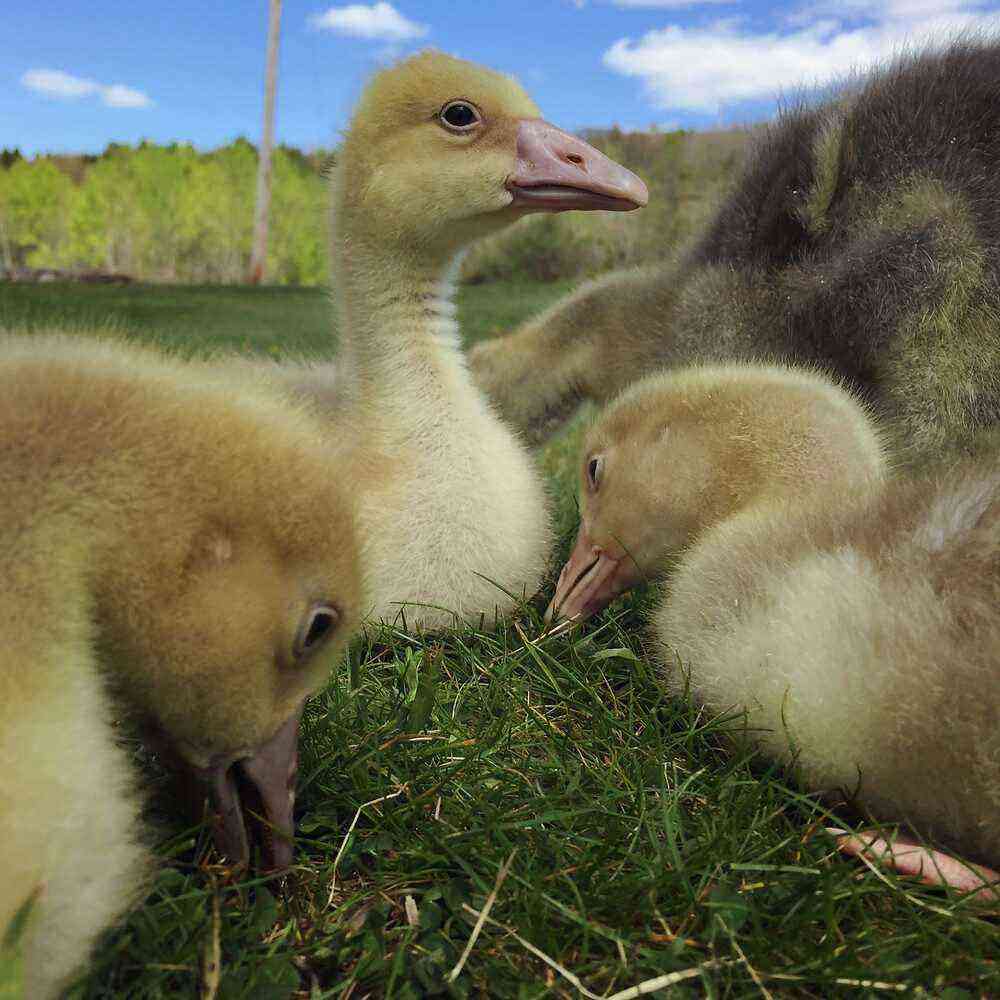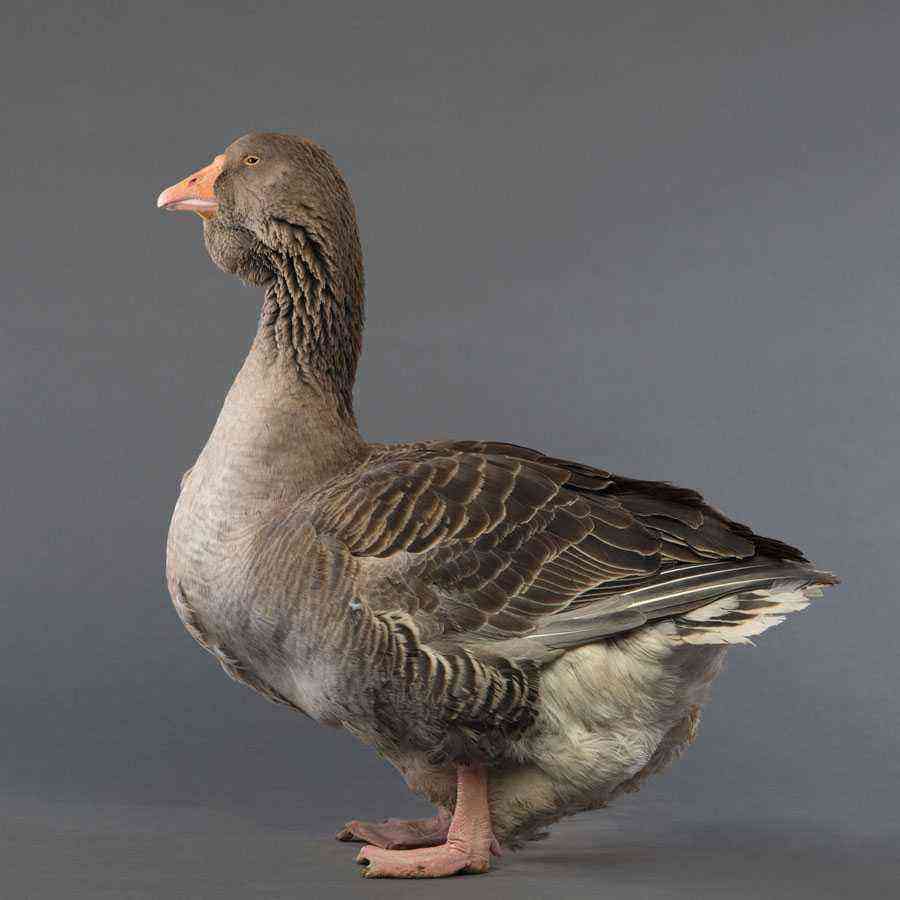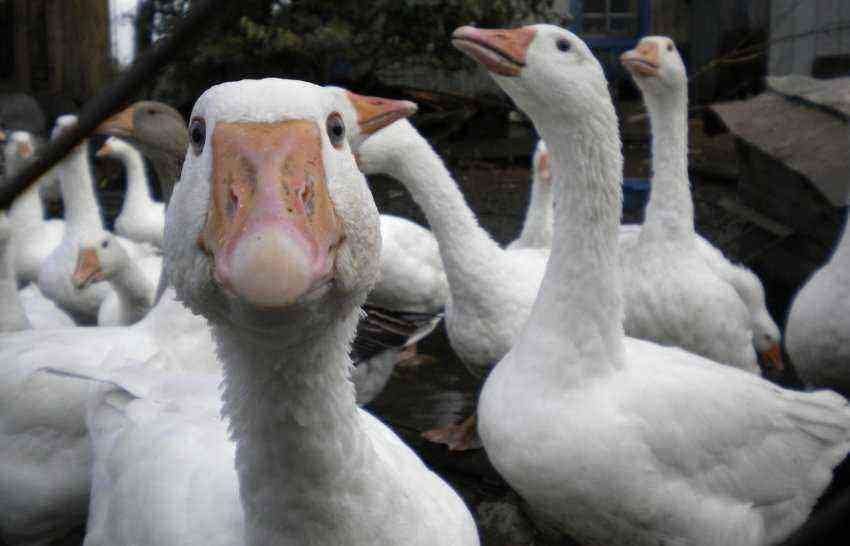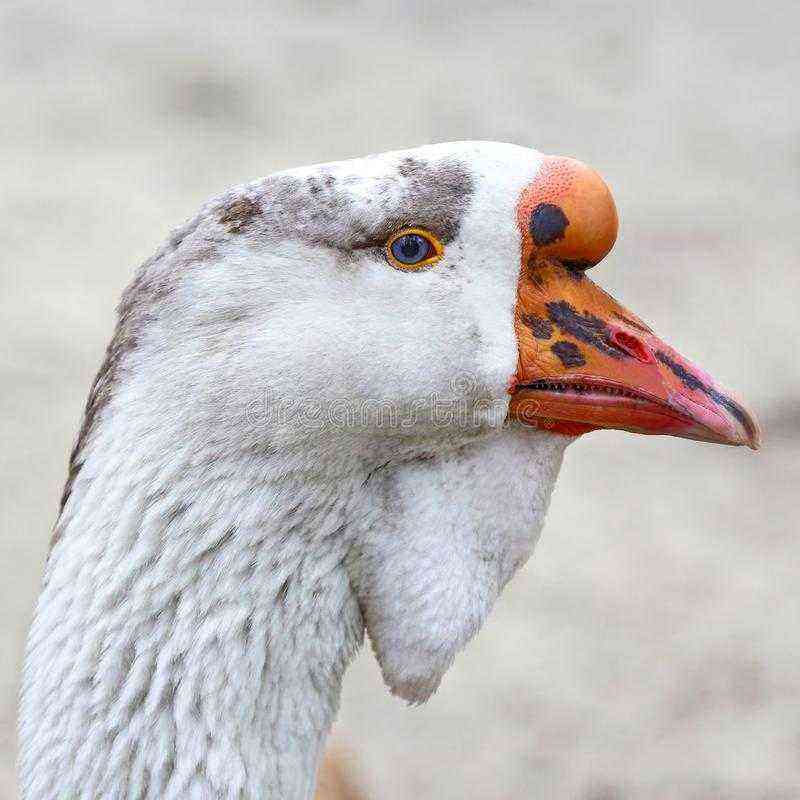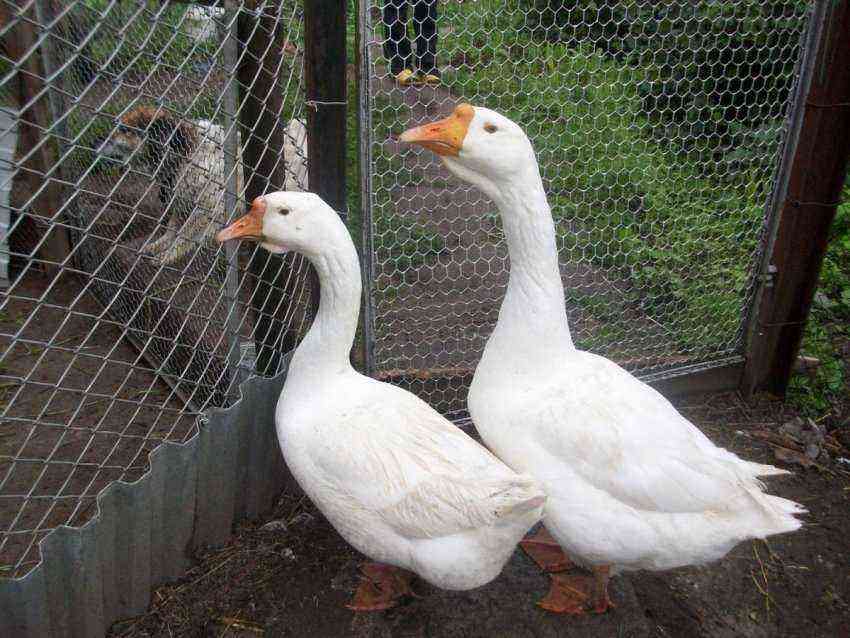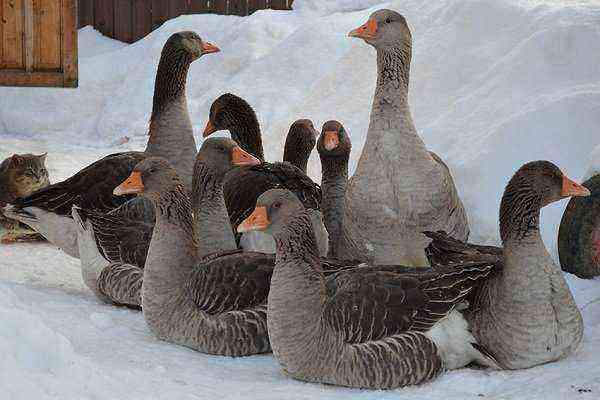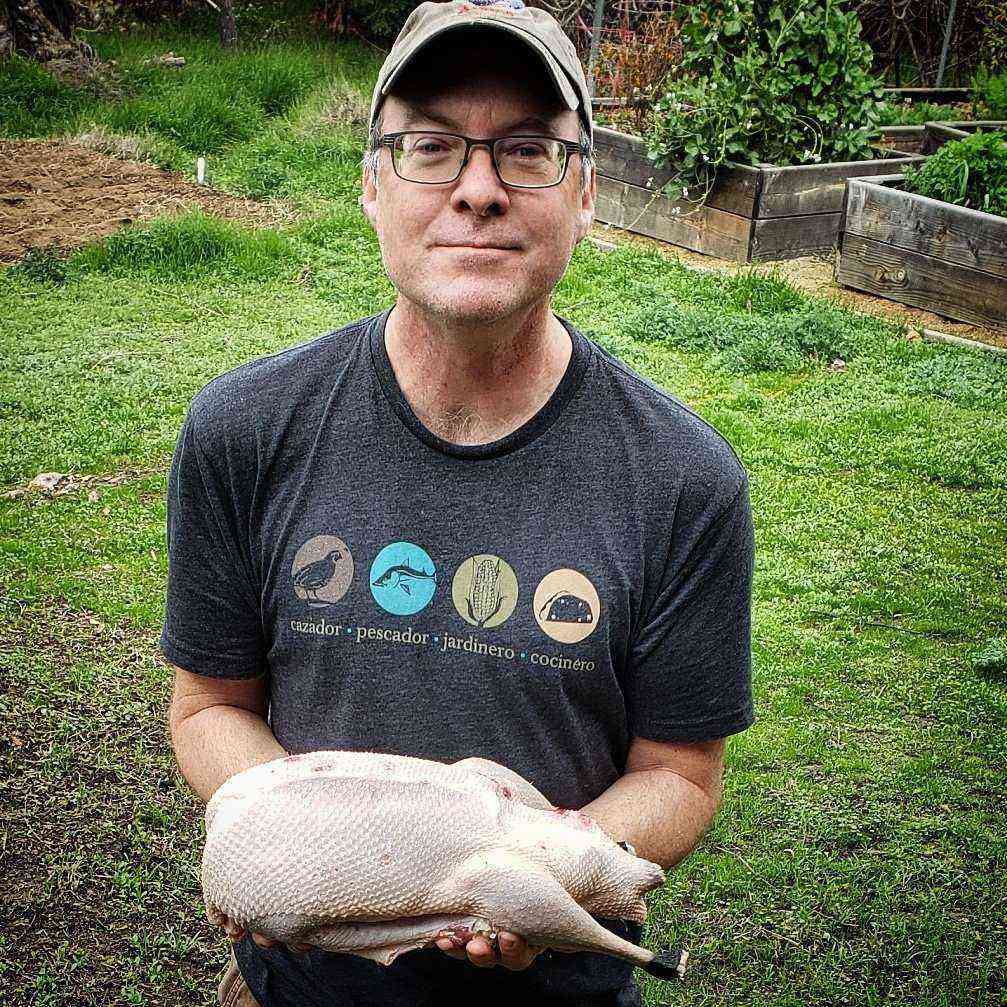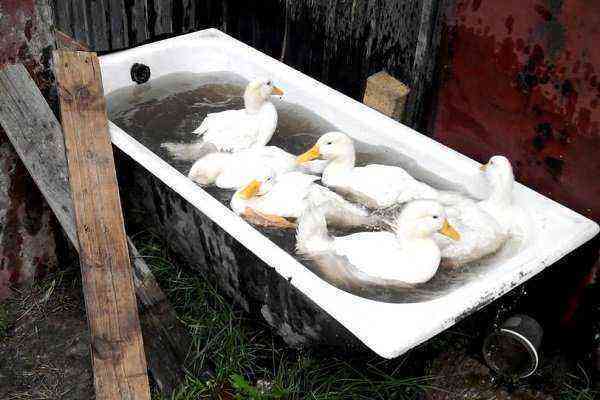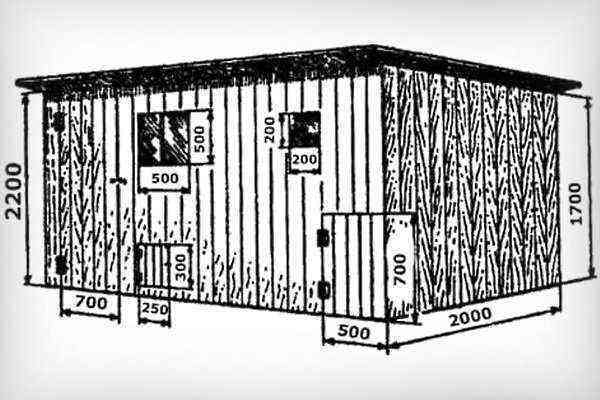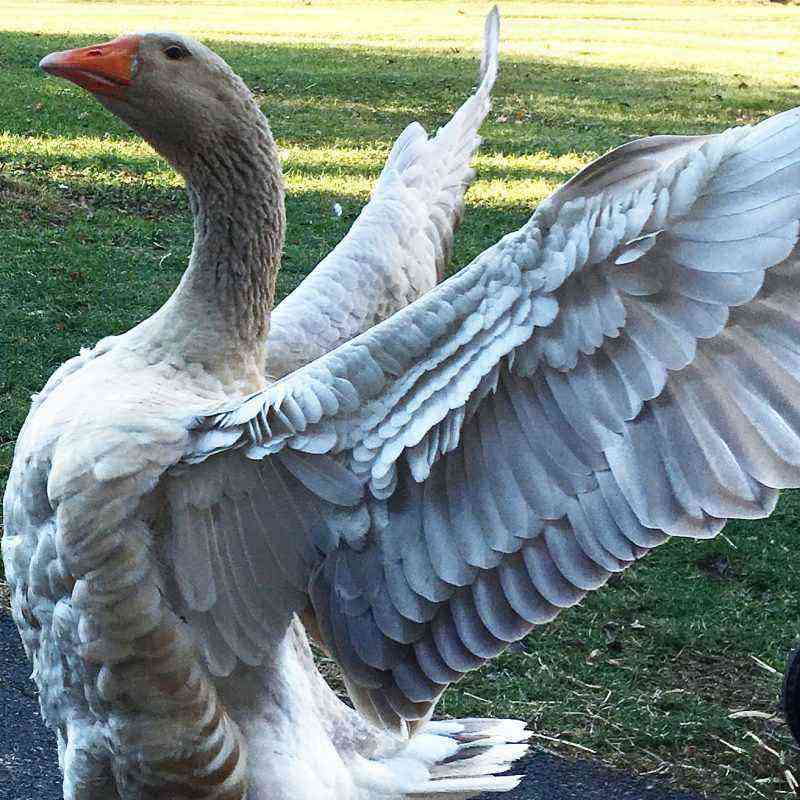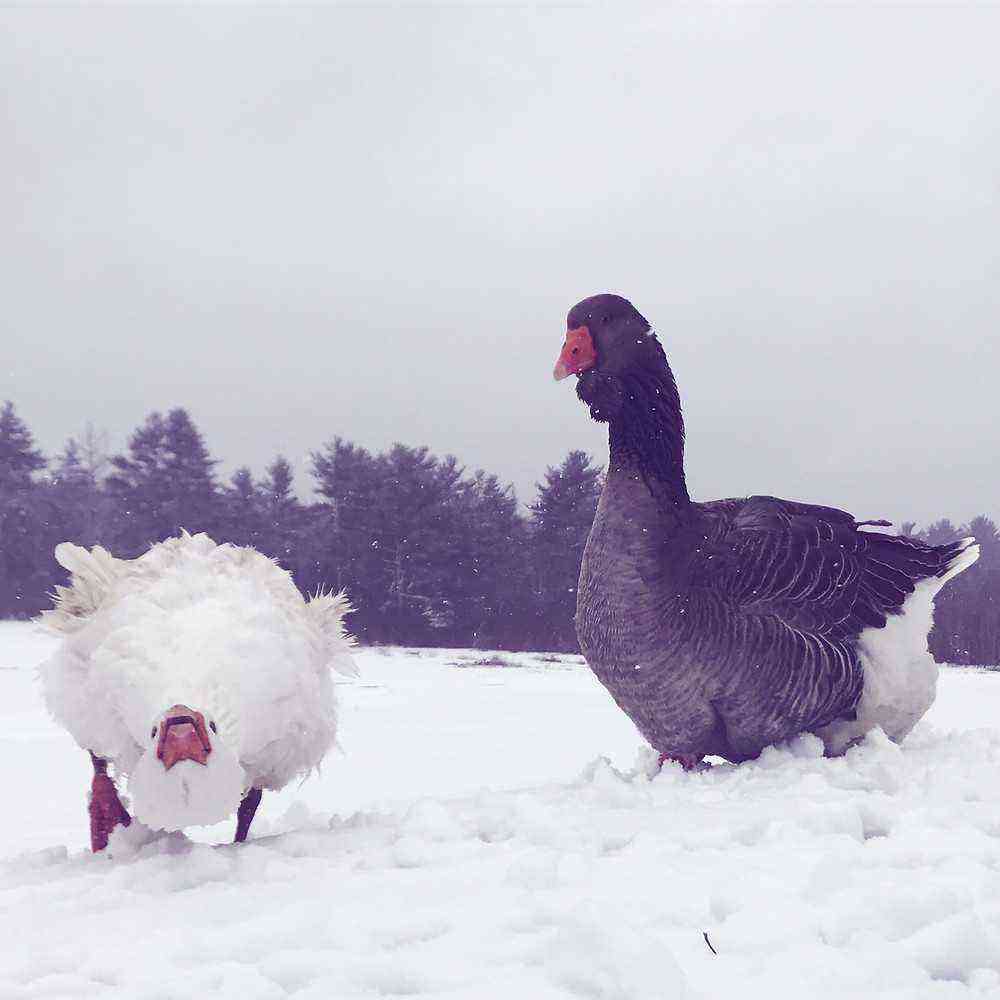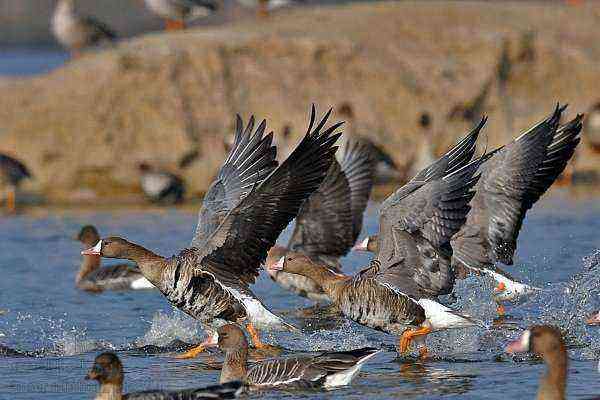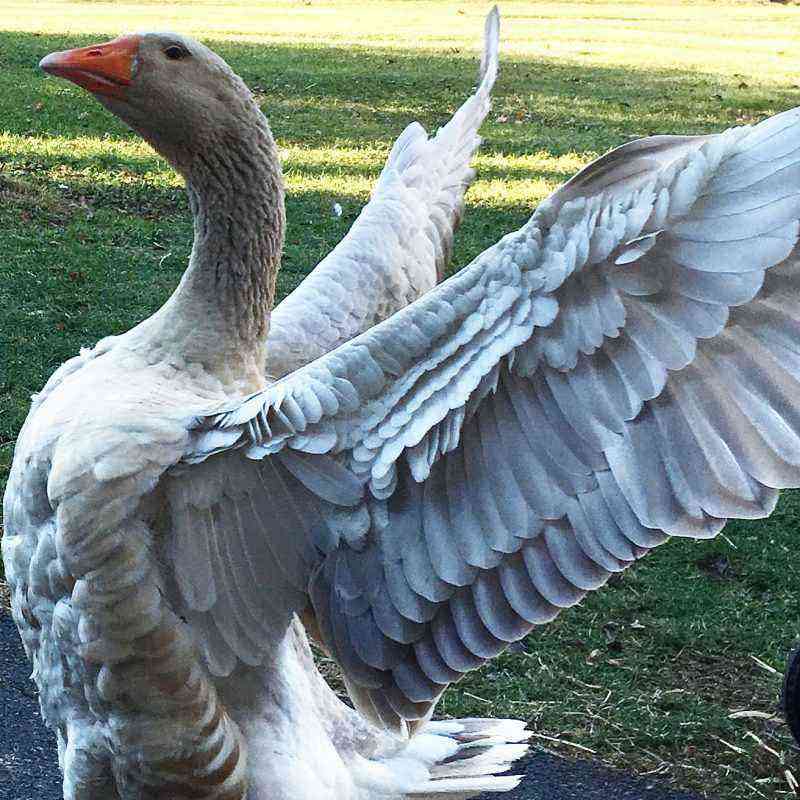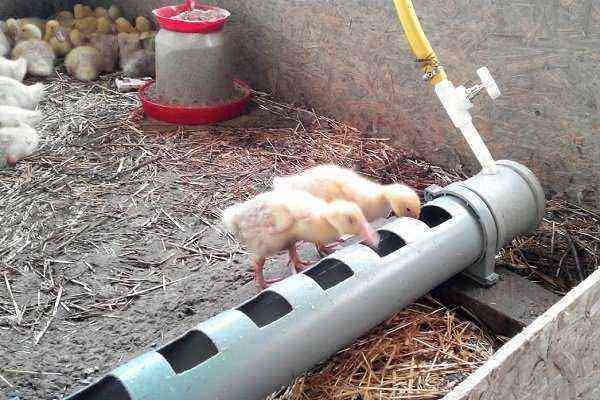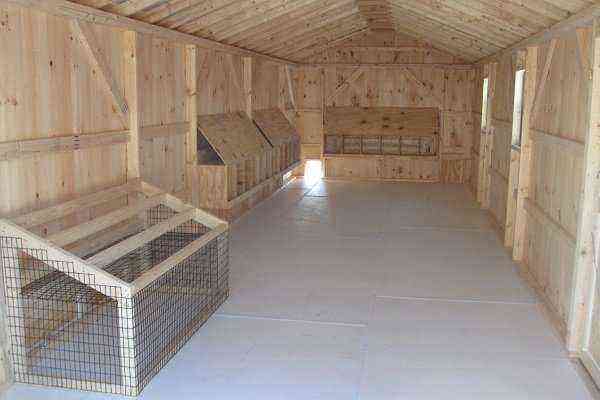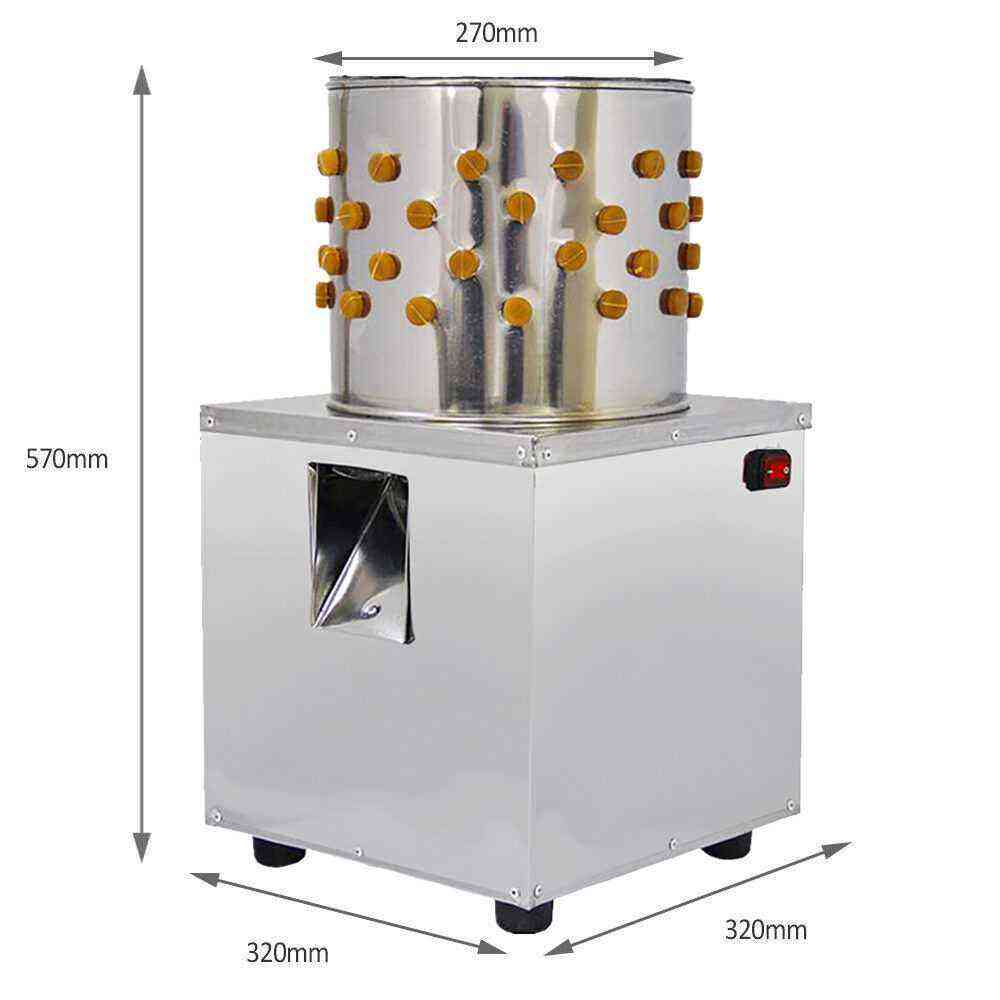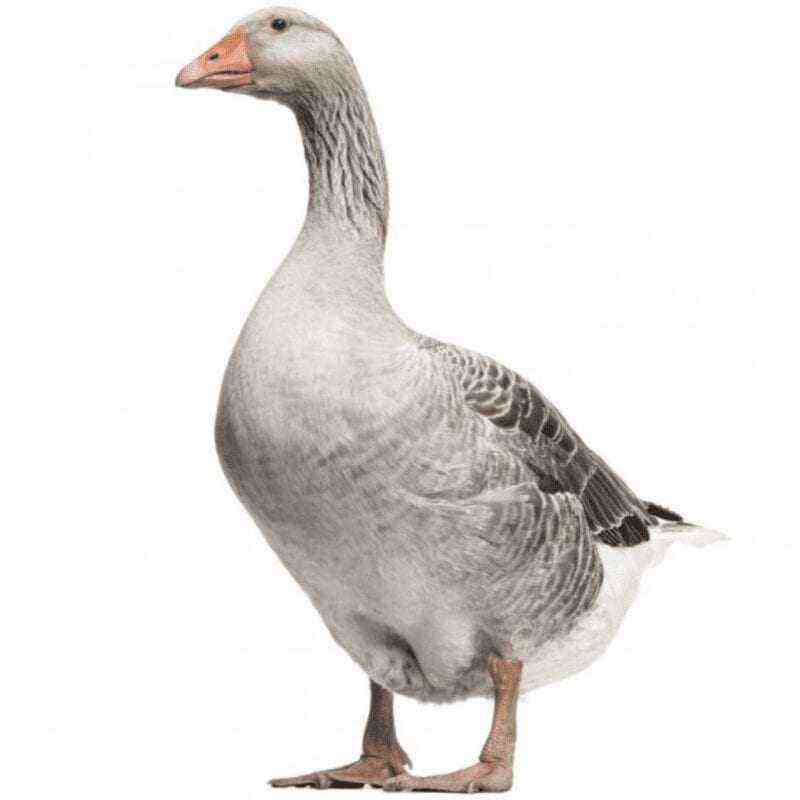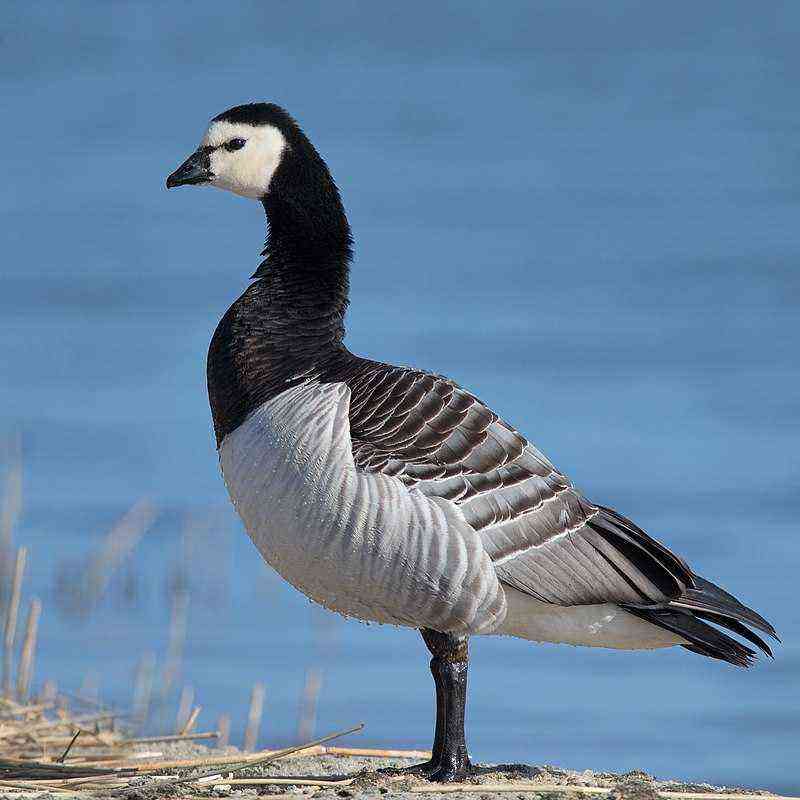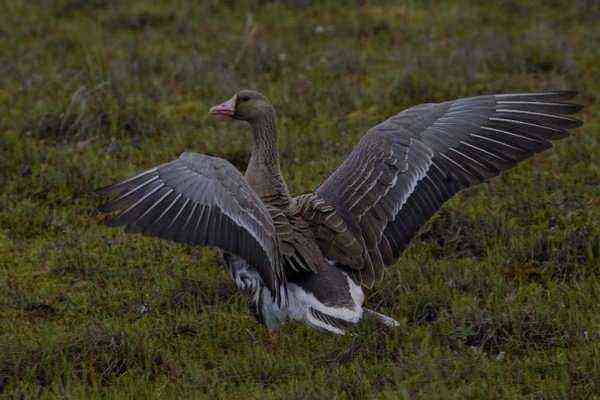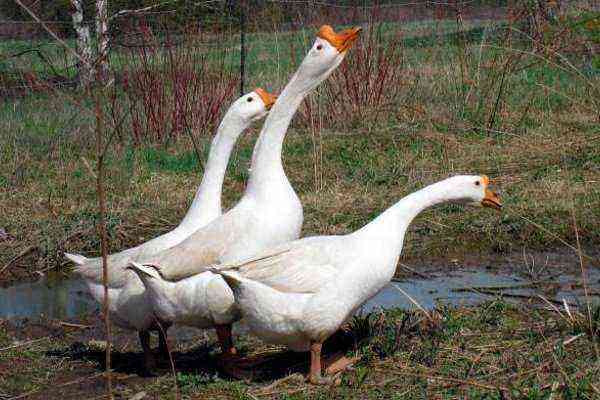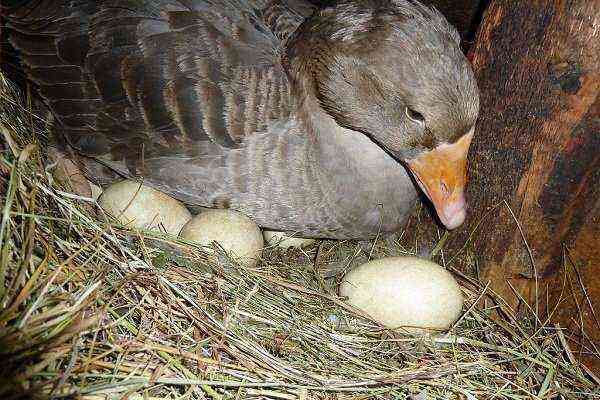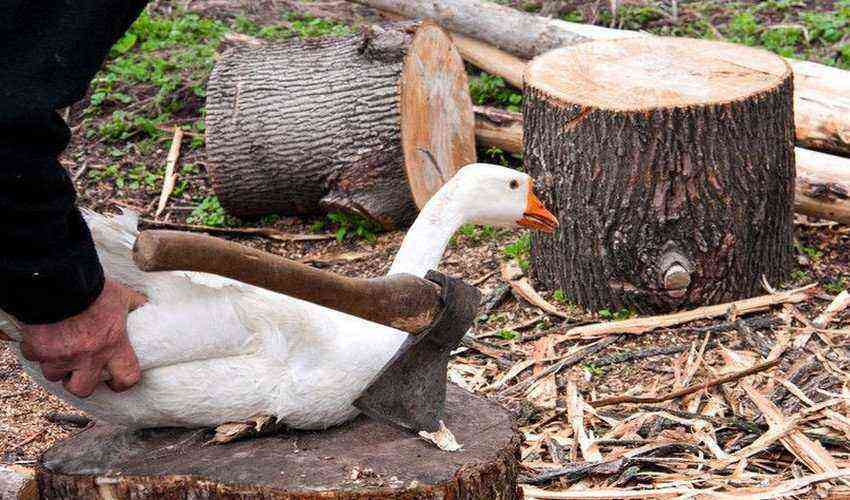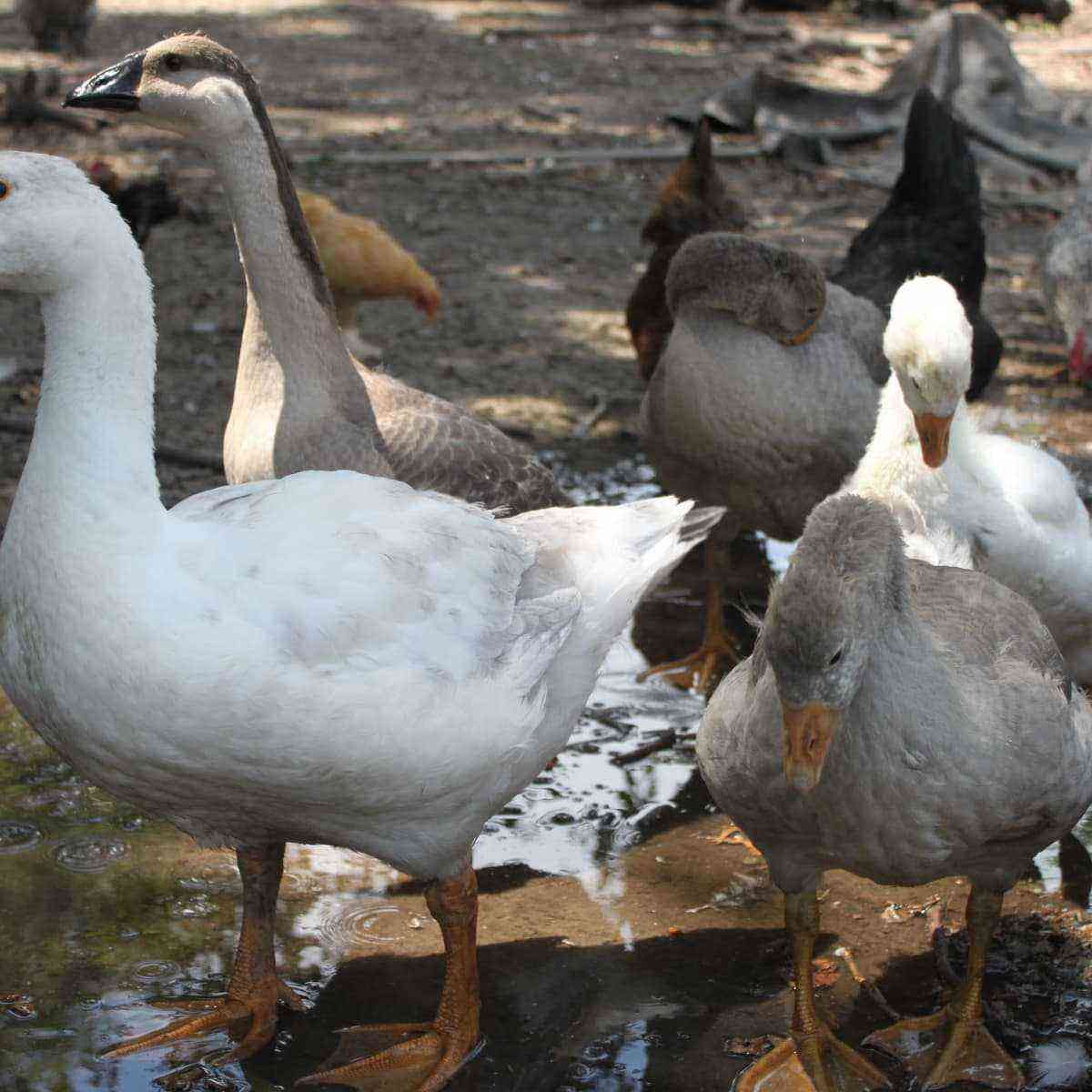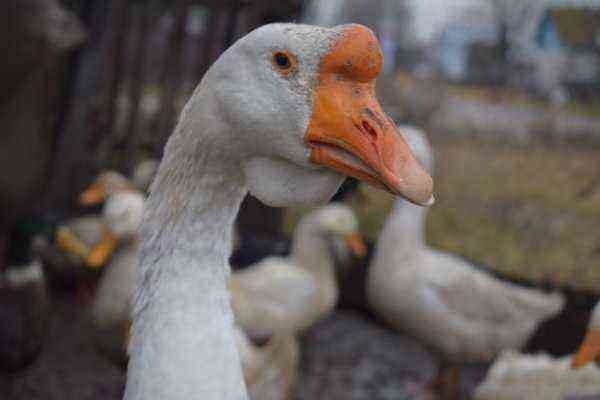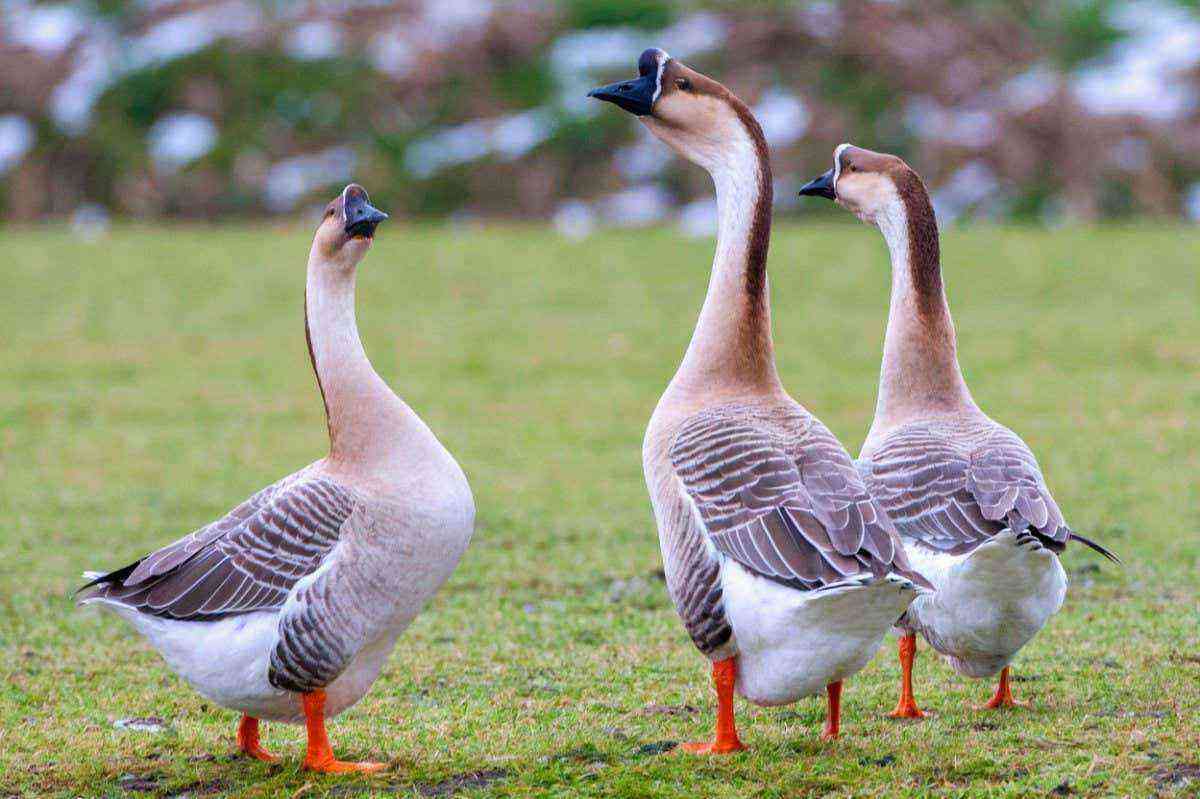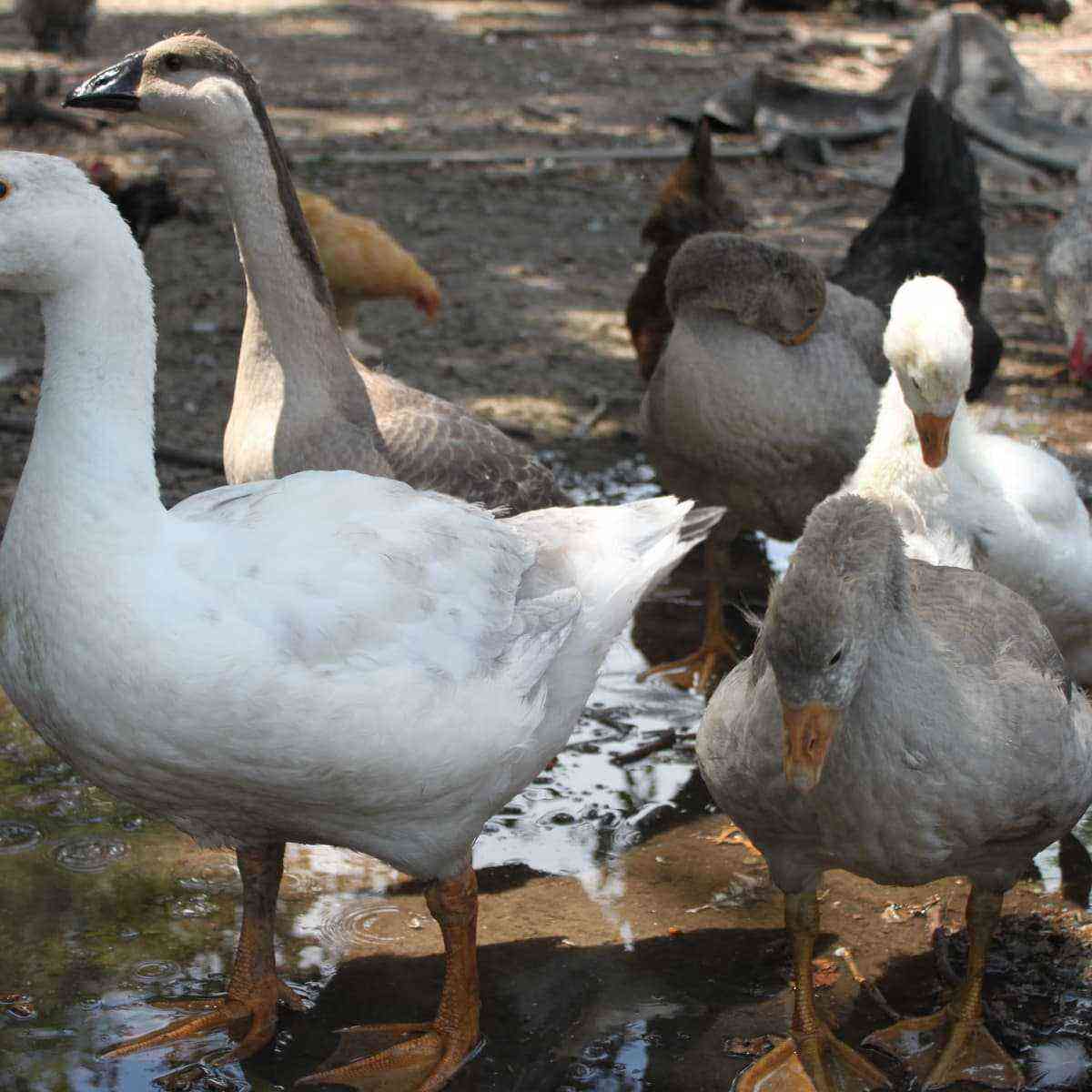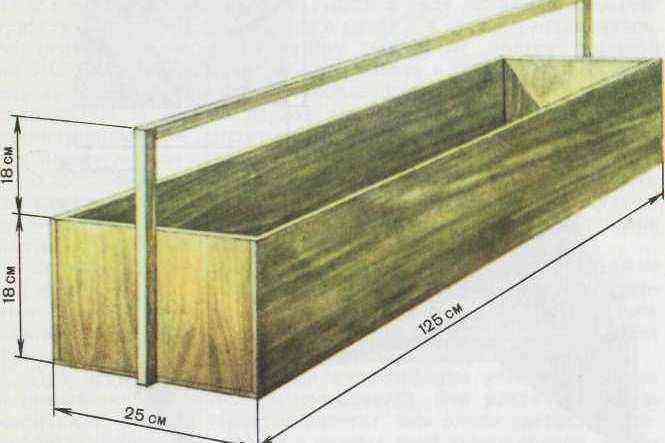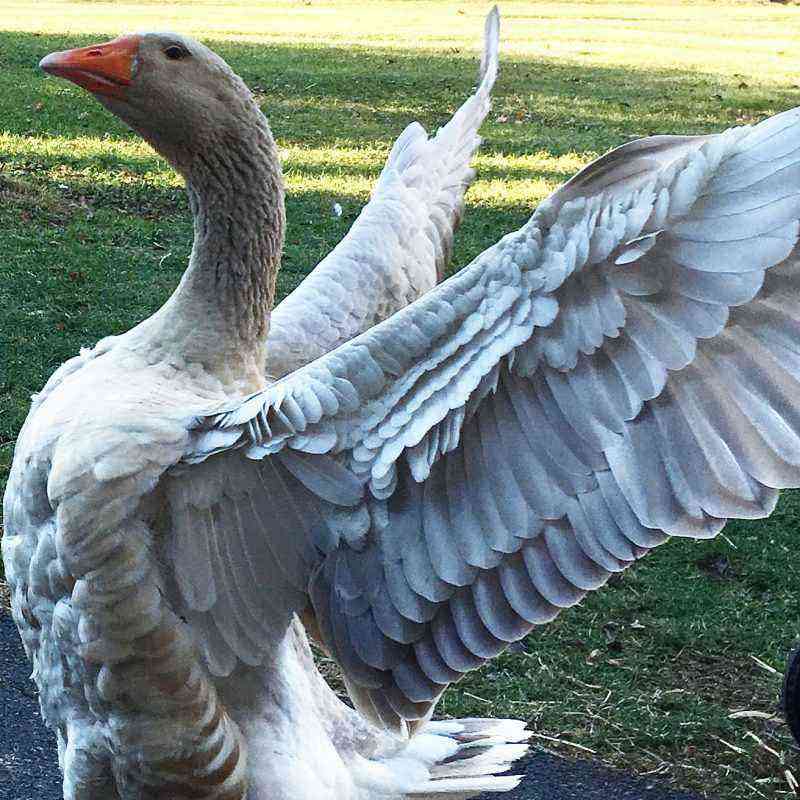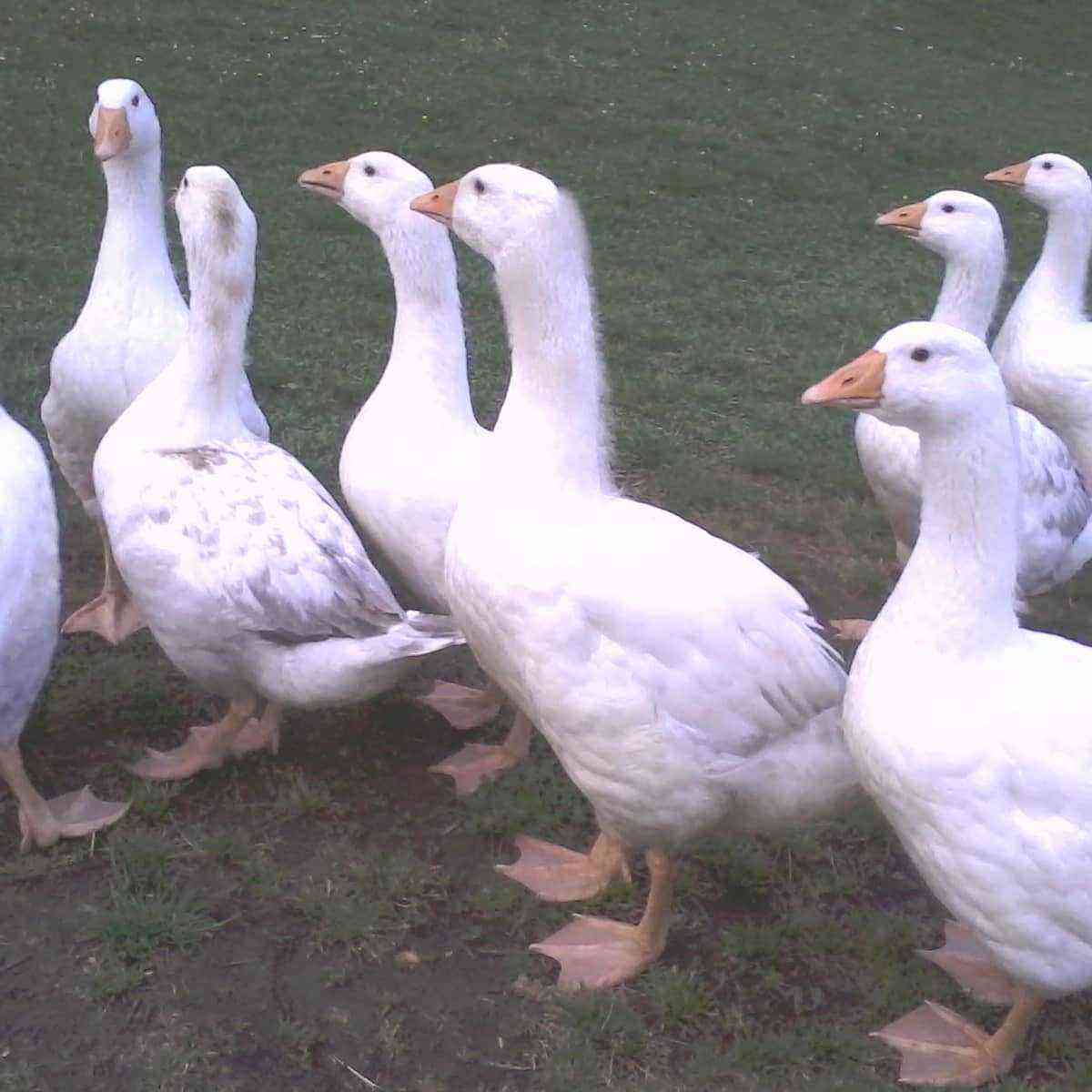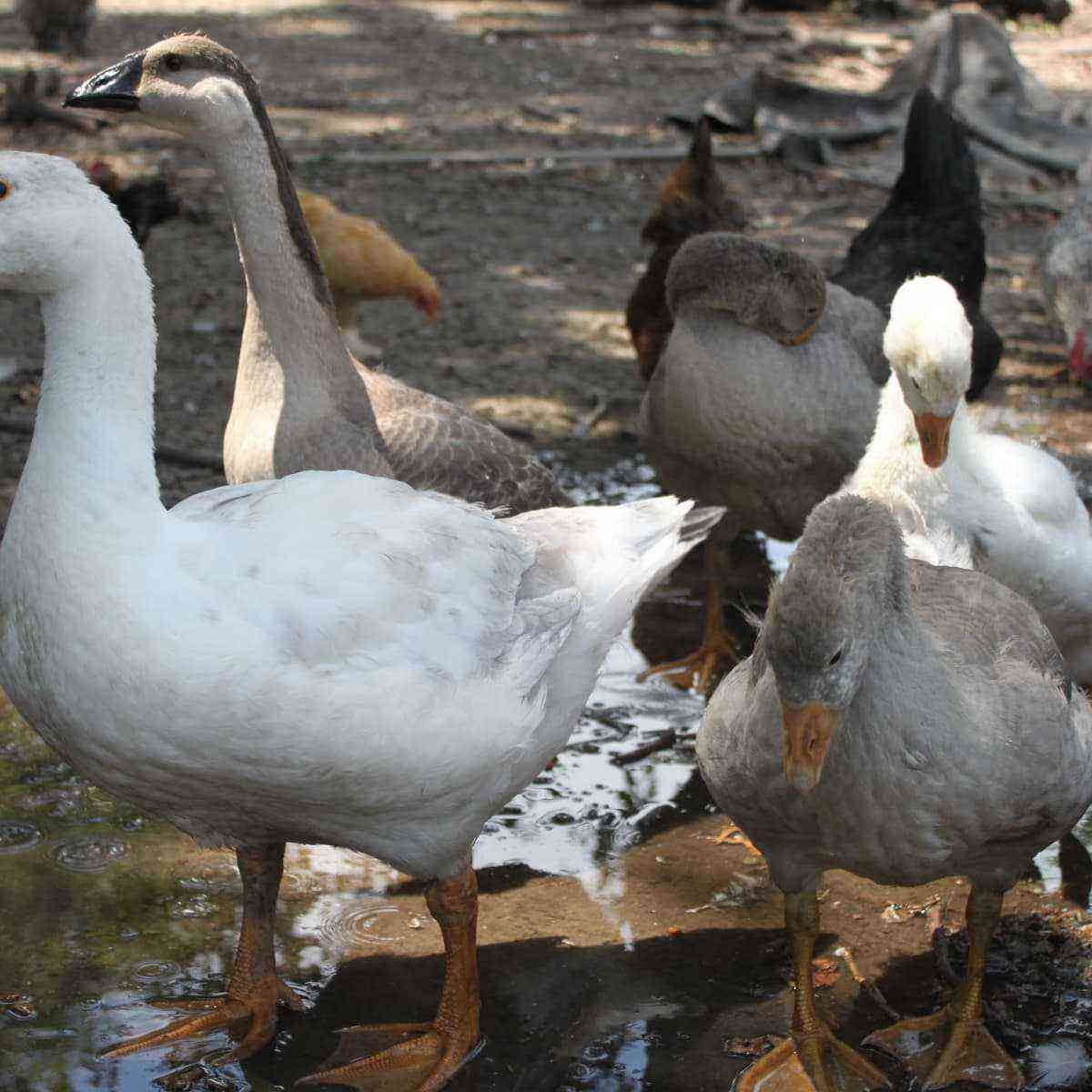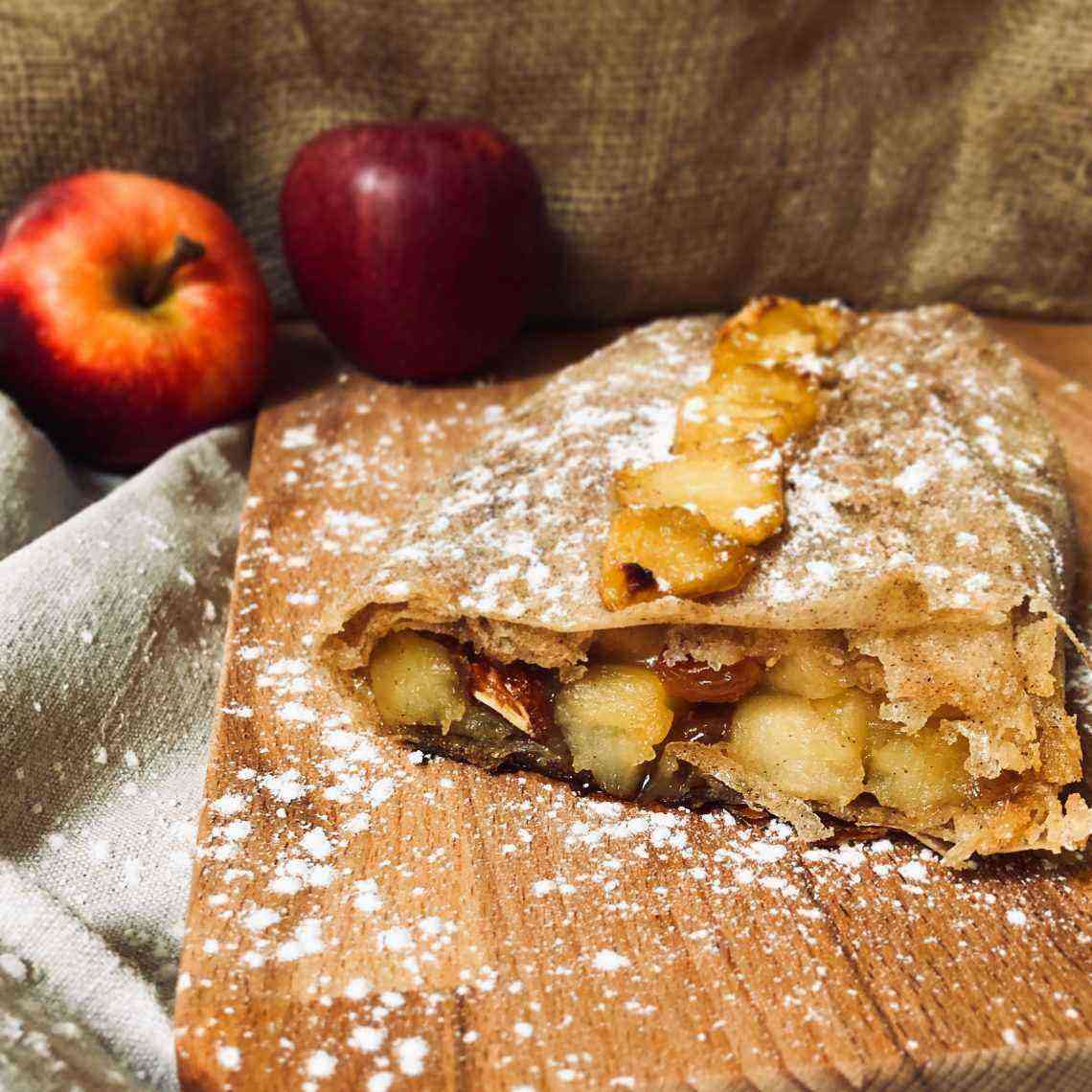Geese are by nature long-lived animals, but the specific life span of these birds depends on their species, living conditions, diet and health. Let’s take a closer look at how long domestic and wild geese live, and also find out how to extend their life.
Average life expectancy for geese
The first factor in the question of the life span of geese is the “image” of their life. They live a free life or be kept in the household. The second is the purpose of the birds. They can be meat-egg or bred purely for meat.
Home
On average, domestic geese can live 20-25 years if carefully monitored. In practice, the average figure does not exceed 5 years, since long periods are economically unprofitable.
In industrial production, the life of geese is reduced to about 3-4 years. Geese are usually kept up to 8 years. After reaching this age, the peak of their productivity passes, and they cease to justify their maintenance. Old geese are replaced by young ones. Some species of poultry have longer life spans.
Vladimir geese, for example, live for 25–30 years. Such a large age is explained by the distinctive characteristics obtained as a result of crossing different species of individuals – in particular, this is their powerful skeleton. These geese:
- rarely get injured;
- more resistant to the influence of various environmental factors;
- do not weaken for a long time and remain mobile.
Also, geese at first carry a lot of eggs. Such individuals are highly valued, and accordingly, they are kept longer, but they are also not cheap.
Javakhetian geese practically do not differ in terms of life from the Vladimir ones. They can live for many years, but you should not wait until they grow old, because at the age of 10 they stop breeding, and if you put them on meat, it will be stale. Javakheti geese are characterized by high adaptability:
- they tolerate sudden changes in temperature better than other geese, and accordingly can live much longer;
- if the goose of the Javakhetian breed has reached a great age, then during its life it has developed strong immunity and is already resistant to infections common among birds.
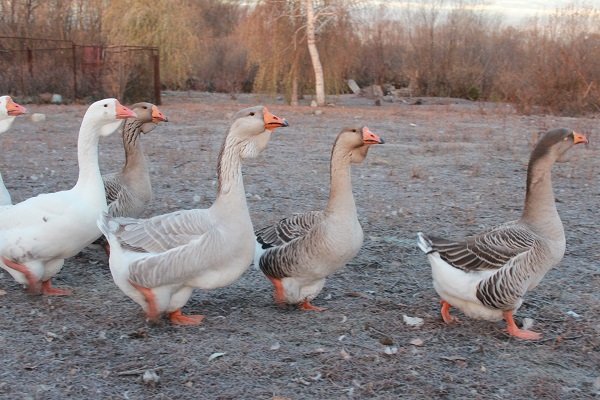
Kholmogory geese compared to the two breeds described above, they are not long-lived, since their life span is only 16–18 years. However, among the Kholmogory geese, almost all individuals survive to this age, while for the Vladimir and Dzhavakhet breeds, 25–30 years is not a frequent occurrence.
Kholmogory geese are resistant to various negative environmental influences – they have fairly good health and well-functioning immunity.
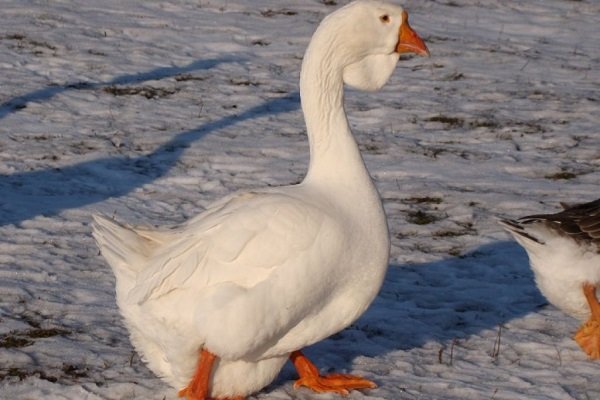
Wild
Wild geese live on average for about 20 years, but they have tremendous endurance, adaptability and the ability to survive even in extreme conditions.
It is believed that it is wild geese that achieve records for longevity. But they reach them only under favorable conditions of life. Many juveniles die in the following circumstances:
- As a result of the attack of predators. Most often, geese are attacked by other wild animals and birds.
- due to various diseases. Not all birds can withstand long flights to warm countries and back. They start to wither and die.
- Hunting for wild geese. There are especially many hunters for them in America and Europe. In Asian countries, work is also underway to collect down from wild geese.
Due to all these factors, the life cycle of wild geese is significantly reduced.
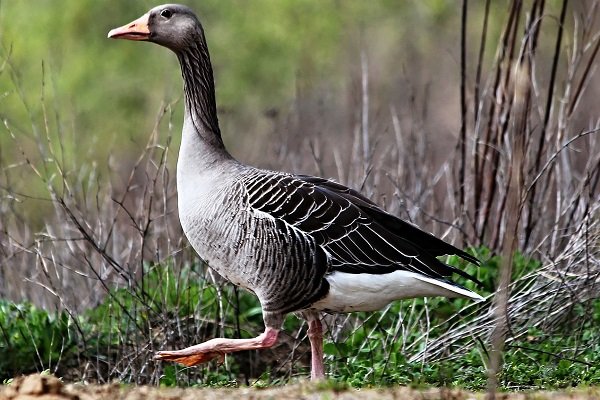
Meat and egg
Usually they can live up to 5 years, because it is beneficial to keep them during this period. After this period, the goose can still lay eggs, but spending on its food is already less justified, and if it is not slaughtered in time, the meat will be tasteless.
If for some reason an individual stops laying eggs, then it can be slaughtered a little earlier than planned.
One of the most popular meat and egg breeds of geese is Linda. This is a cross between Chinese geese and birds of the Adler, Solnechnogorsk and Arzamas breeds. The species is distinguished by snow-white feathers and down.
Geese of the Linda breed live up to 18–20 years, but usually they are not kept for more than 5 years, and in large productions poultry is grown up to 2–3 years. In home keeping, farmers track the characteristics of each individual and independently decide how many years the goose will live.
Some breeds enter puberty earlier and their body wears out faster, the rest begin to lay eggs later and the peak of their productivity shifts accordingly.
Meat
The life span of meat geese is even shorter. Meat breeds carry very few eggs, so the main purpose of their cultivation is to obtain meat. The highest growth rates are observed before puberty.
In this case, the main goal of the breeder is to get meat immediately after the goose reaches its maximum weight. Young meat breeds can gain weight quickly, and due to the small initial mass of food, they spend relatively little on fattening.
When the goose reaches puberty, and its weight becomes more than 3/4 of the average figure, weight gain stops, but more birds need to be fed.
It depends on the:
- the dimensions of the bird;
- sexual activity.
Therefore, many farmers even wait for the full sexual maturity of an individual – as soon as the geese reach it, the farmers immediately slaughter them. How long the representatives of the meat breed will live, only the farmer decides. Usually, meat geese are kept at home for no longer than 1 year.
Factors that affect the life span of geese
The life expectancy of wild geese is affected by environmental factors, and in the case of domestic ones, it all depends on their care and conditions of detention.
Proper nutrition
A suitable diet for geese, regardless of age, ensures good health and longevity. At home, geese are usually fed natural food. In summer, the basis of their diet is grass, and in winter it can be replaced with hay or silage.
Also, cereals are included in the diet of geese. Wheat, oats or barley should be added to food constantly, regardless of the season. They can be given crushed or whole, alone or mixed with vegetables.
Do not forget about vitamins and minerals. Sources for geese are fresh vegetables, for example;
- pumpkin;
- carrot;
- potatoes;
- beets and others.
It is beneficial for a large number of geese to buy ready-made industrial feed, but they must be of good quality and include all the useful additives that geese need.
On poor compound feed, geese will grow poorly. At the same time, their health deteriorates, which will necessarily affect life expectancy.
Conditions of detention
If you keep geese in proper conditions, they are guaranteed to live longer. Birds should live in a comfortable place. It is desirable to make the poultry house warm, dry, light and it should be well ventilated, but drafts should not be allowed.
Another important condition is space. In the goose house, everyone should have enough space so that the birds do not feel discomfort.
In summer, geese should be released into the yard and left for a long period of time, walking them to the maximum on green pastures and near nearby water bodies.
In winter, geese should live in a warm and dry place, where they turn on the lights in the mornings and evenings, increasing the daylight hours to 12 hours.
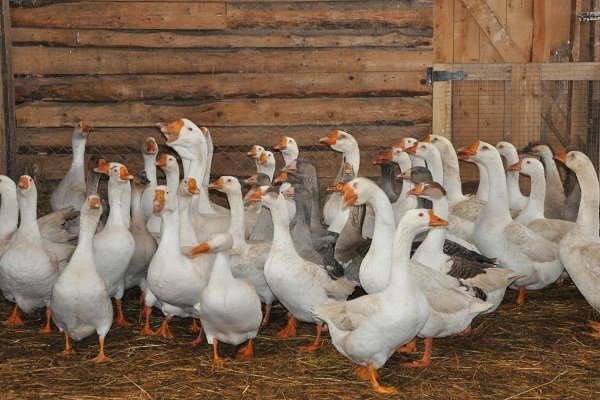
The goal of poultry farmers
Geese live at home as long as the farmer allows them. Birds are specially fattened for meat or kept to lay eggs.
The shortest lifespan of a domestic goose raised for meat is 4 months or a little more. Longer keeping of a large number of geese is simply not profitable.
Record lifespan for geese
25 years for many geese is an almost unattainable age, but many individuals that do not go for meat, in theory, can reach this age. Some individual wild individuals that live in ideal conditions can reach the age of seventy or even eighty.
According to the Guinness Book of Records, the record holder for longevity among poultry is George the Goose. By the time the goose died in 1976, he was 49 years and 8 months old.
How to extend the life of geese?
The main factor due to which the goose can live so long is a complete diet. In addition to food, the goose menu every day should contain:
- 2 grams of salt, as well as gravel, sand and chalk in small quantities – the digestive system of geese works in such a way that without these additives, food will be digested and absorbed poorly;
- vitamins A, B2 and E.
How else can you extend the life of birds:
- Birds are waterfowl, and accordingly, the basis of their diet should be what is easily obtained in the water. Therefore, geese that have free access to water bodies can usually live much longer.
- Convenient placement affects the life of geese. Such large birds need significant areas, so the size of the goose house must be calculated based on the fact that 1 square meter must be allocated for each goose.
- The room must be periodically disinfected. An important criterion for the longevity of geese is the elementary rules for maintaining hygiene in the goose house. Disinfection will prevent the penetration of infection.
- Geese are not afraid of frost – in winter, it is quite possible to keep the temperature in their barn at zero degrees, but not lower. It is desirable to make the floor of wood or clay, as these are warm enough materials and the paws of geese do not freeze on them. Additional thermal protection will be a bedding of sawdust and dry hay.
Ornithologists study geese and can almost accurately determine the lifespan of these birds in the wild and in the household. And if the life span of wild geese depends on various environmental factors, then in the case of domestic geese, what matters is mainly what they are intended for. The farmer himself decides how long this or that individual will live.
